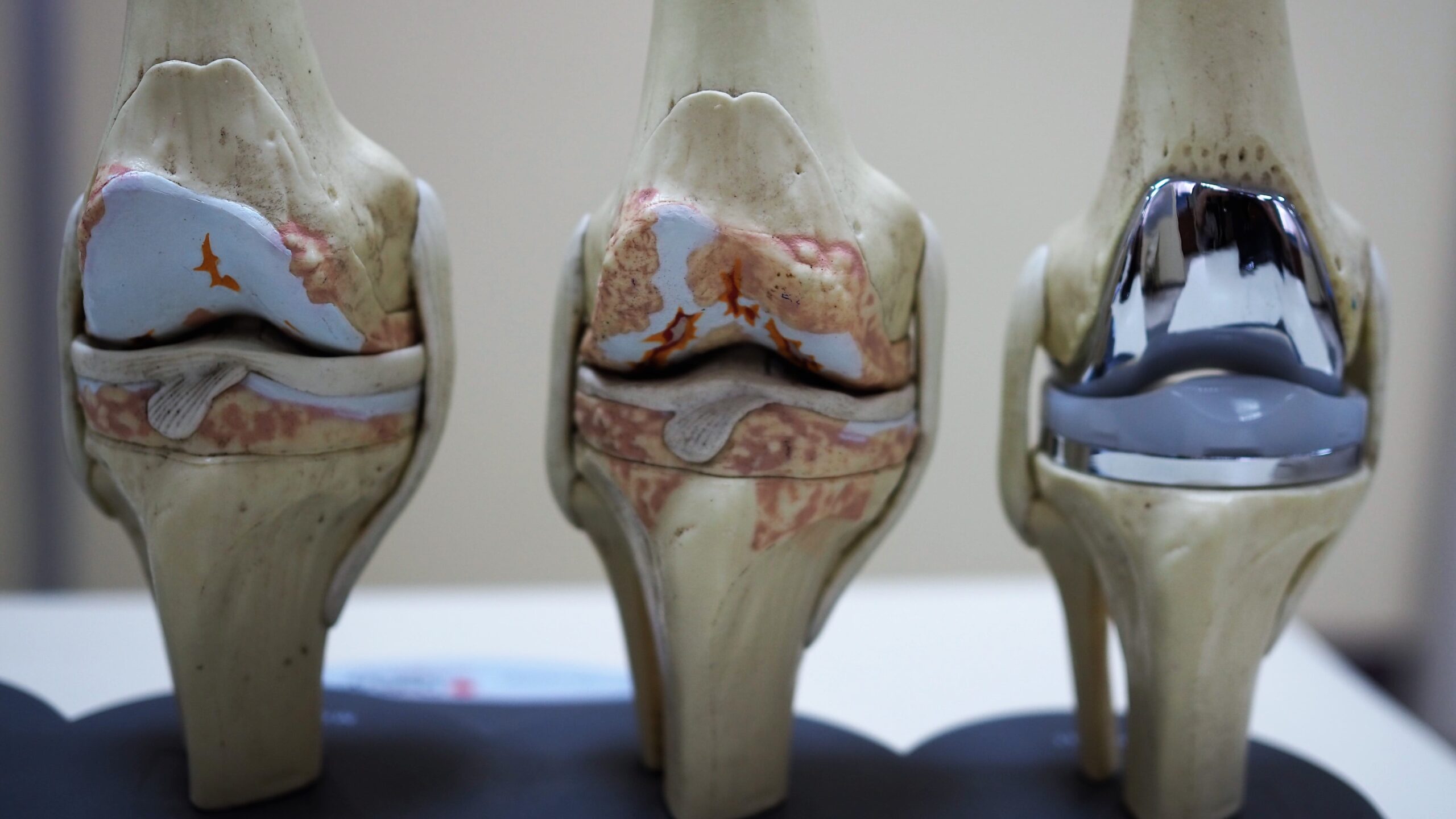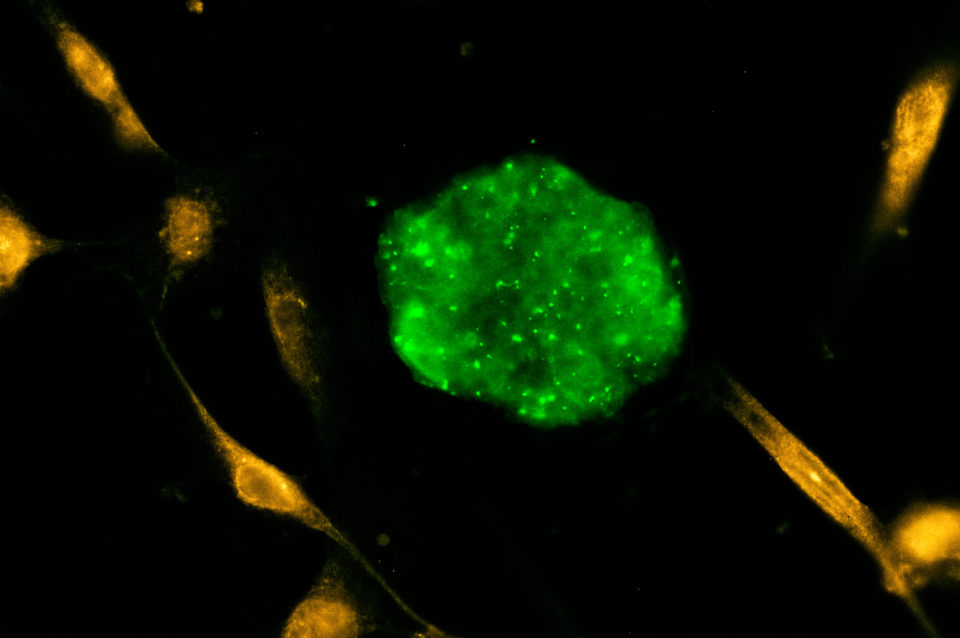
Patients with hemophilia A or B had low rates of symptomatic venous thromboembolism (VTE) after total joint replacement despite infrequent usage of thromboprophylaxis, according to a systematic review published in the Journal of Thrombosis and Haemostasis.
The study “also highlighted the need to better report the thrombotic outcome in persons with hemophilia to face the ongoing changes in the hemophilia landscape,” according to lead author, David Santagata, MD, of the University of Insubria in Varese, Italy.
VTE Appears Rare After Total Joint Replacement in Hemophilia
Dr. Santagata and colleagues identified 26 observational studies encompassing 1,181 total joint replacement procedures in patients with hemophilia. Of the studies, eight had VTE rate as the primary outcome, five reported on VTE detected by screening, and 21 reported on symptomatic VTE events.
Altogether, the studies reported 17 VTE events (1.4%; 95% CI, 0.9-2.3). Of these, 10 (6.6%) were reported from 151 surgeries with postoperative screening for VTE, and seven (0.7%) were reported from 1,080 surgeries without postoperative screening.
Although 21 of the included studies has pharmacological thromboprophylaxis protocols, thromboprophylaxis was only used in 15 (1.3%) surgeries; however, the authors noted that thromboprophylaxis data were not reported for 29.0% of the pooled cohort.
“Despite the low thromboprophylaxis use in patients with hemophilia, rates of symptomatic VTE after [total joint replacement] appeared to be low,” the authors summarized.
Reference
Santagata D, Abenante A, Squizzato A, et al. Rates of venous thromboembolism and use of thromboprophylaxis after major orthopedic surgery in patients with congenital hemophilia A or B: a systematic review. J Thromb Haemost. 2024. doi:10.1016/j.jtha.2023.12.036







 © 2025 Mashup Media, LLC, a Formedics Property. All Rights Reserved.
© 2025 Mashup Media, LLC, a Formedics Property. All Rights Reserved.